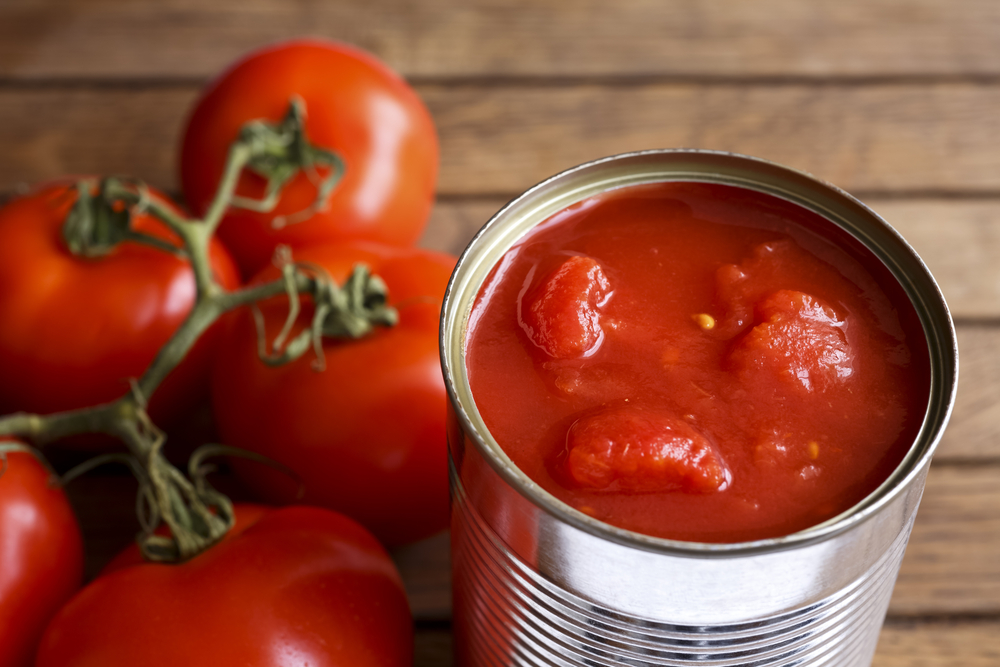In the ever-evolving landscape of global economics, certain items are set to become scarcer and more expensive by 2026. As resources fluctuate and consumer demands shift, it’s important to stay informed about what’s becoming harder to find and pricier. Here’s a look at the things that might soon slip beyond your everyday reach, with insights from experts who are in the know.
1. Freshwater Fish

Fishing for freshwater species will likely become a pricier hobby. Due to overfishing and climate change, fish populations in lakes and rivers are declining. According to a study by Dr. Jessica Gephart, an environmental scientist, the supply of freshwater fish is expected to contract significantly. This means you might find dinner at the fish counter costing more than it used to. As freshwater ecosystems become more stressed, the scarcity of your favorite catch could hit your pocketbook.
With fewer fish to catch, commercial fisheries might hike prices to cover costs. Instead of casting a line for a quick meal, you might find yourself shelling out more for that snapper or trout. As consumers, understanding this shift can prepare you for the impact on both your diet and your wallet. Consider exploring sustainable seafood alternatives or supporting local fish farms. By doing so, you might help curb the demand and ease the pressure on natural stocks.
2. Coffee Beans

Your morning ritual might become a bit more extravagant. As climate change impacts the regions suitable for growing coffee, cultivation costs are on the rise. Coffee plants are sensitive to environmental changes, and regions like Brazil and Vietnam are experiencing unpredictable weather patterns. The result could be lower yields and higher prices at your favorite café. This means your daily pick-me-up may take a bigger chunk out of your budget.
Coffee lovers might have to adapt as high demand meets limited supply. As prices go up, exploring different brewing methods at home or savoring each cup more intentionally might become the norm. Supporting fair trade coffee brands could also make a difference, ensuring farmers receive fair compensation. By staying informed and making conscious choices, you might find ways to enjoy your coffee fix without the financial strain. You might even discover new blends and flavors along the way.
3. Avocados
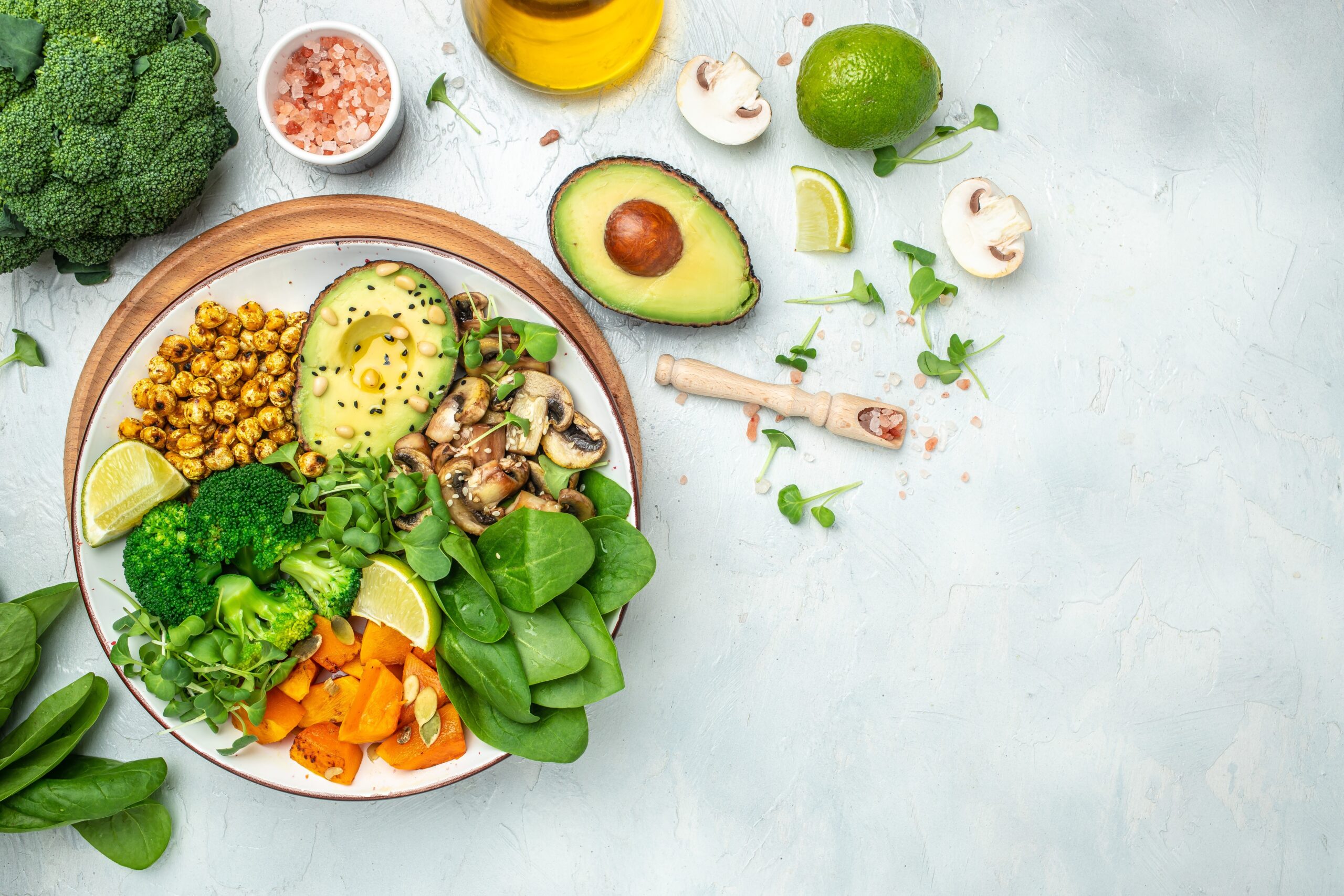
Avocado toast lovers, brace yourselves for impact. Climate volatility is threatening avocado production, especially in top-producing countries like Mexico. Dr. Luis Hernandez, an agricultural economist, points out that unpredictable weather patterns are increasingly leading to irregular harvests. This translates into higher costs for growers that inevitably get passed down to customers. As demand continues to outpace supply, you might find these green gems becoming a pricier indulgence.
The scarcity and cost of avocados are pushing restaurants and consumers to think creatively. Creative alternatives, such as spreads made from chickpeas or edamame, are starting to gain traction. It’s a time to experiment with new recipes and broaden your culinary horizon. Meanwhile, advocating for sustainable agricultural practices can help support farmers and stabilize the market. By being resourceful, you can maintain your love for avocados without breaking the bank.
4. Chocolate

The treat of chocolate might become a more indulgent experience. With changing climate conditions affecting cocoa-producing regions, the cost of this beloved sweet is expected to climb. Cocoa trees are particularly sensitive to temperature and rainfall changes, which complicates consistent harvests. As a result, the chocolate industry is facing increased production costs. Your favorite bars, truffles, and desserts might start carrying a heftier price tag.
For chocolate enthusiasts, this could mean enjoying smaller portions or saving it for special occasions. There’s also a growing interest in supporting brands that emphasize ethical and sustainable sourcing. These brands often take part in efforts to preserve cocoa farming communities and ecosystems. Choosing these options can help ensure that the chocolate supply chain remains viable and fair. By doing so, you can indulge with a clearer conscience, knowing you’re supporting a more sustainable future.
5. Wine

Wine aficionados might need to reconsider their cellar selections. As temperatures rise, traditional wine-growing regions face challenges like altered grape ripening times and increased pest pressures. A report by climate scientist Dr. Kimberly Nicholas indicates that wine producers are being forced to adapt and sometimes relocate their vineyards. This upheaval can lead to increased production costs and, eventually, higher prices for consumers. Your go-to bottle of red or white may soon require a little more budgeting.
Even with these challenges, the wine industry is exploring innovative solutions. Winemakers are experimenting with heat-resistant grape varieties and implementing advanced agricultural technologies. Consumers can support these efforts by opting for wines from emerging regions or choosing brands that prioritize sustainability. As you explore, you might stumble upon new favorites that suit your palate and ethical standards. So, while prices may rise, your enjoyment of wine can still flourish with a mindful approach.
6. Olive Oil
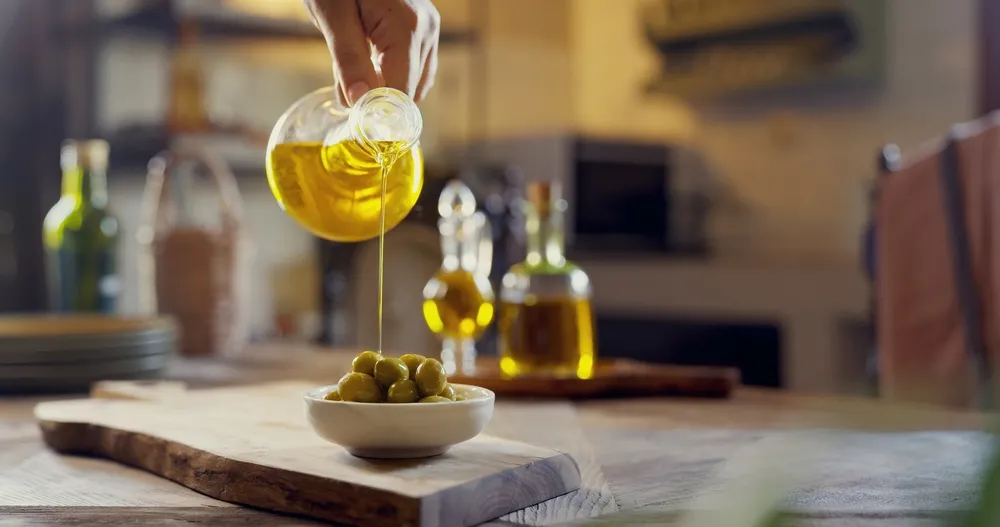
Olive oil could soon see a jump in cost and a drop in availability. Unpredictable weather patterns are affecting olive-growing regions, leading to inconsistent yields. As a staple in many kitchens, the increasing scarcity might push prices higher. For households, this means budgeting more carefully for quality olive oil. The shift in availability serves as a reminder of nature’s impact on everyday essentials.
As demand outstrips supply, some consumers might explore alternative oils or local producers. This change can open doors to discovering new flavors or cooking techniques. Supporting local producers can also bolster regional economies and encourage sustainable farming practices. By embracing these options, you can continue enjoying the culinary benefits of olive oil. The journey might even enrich your understanding of where and how your food is produced.
7. Smartphone Shortage

The next time you’re due for a phone upgrade, it might be a different story. Supply chain disruptions, coupled with increasing demand for electronics, are making smartphones a hot commodity. According to tech analyst Simon Baker, the shortage of essential components like semiconductors is a key factor driving up prices. This bottleneck might lead to fewer new releases and higher costs for the latest models. If you’re eyeing a shiny new smartphone, you might want to weigh your options carefully.
As the market adapts, consumers might consider extending the lifespan of their current devices. Repair services and second-hand markets are growing in response to the scarcity of new gadgets. By embracing these alternatives, you can contribute to a more sustainable tech landscape. Supporting brands focused on durability and repairability can also make a difference. It’s a chance to rethink consumption habits and appreciate the tech you already own.
8. Rare Earth Elements
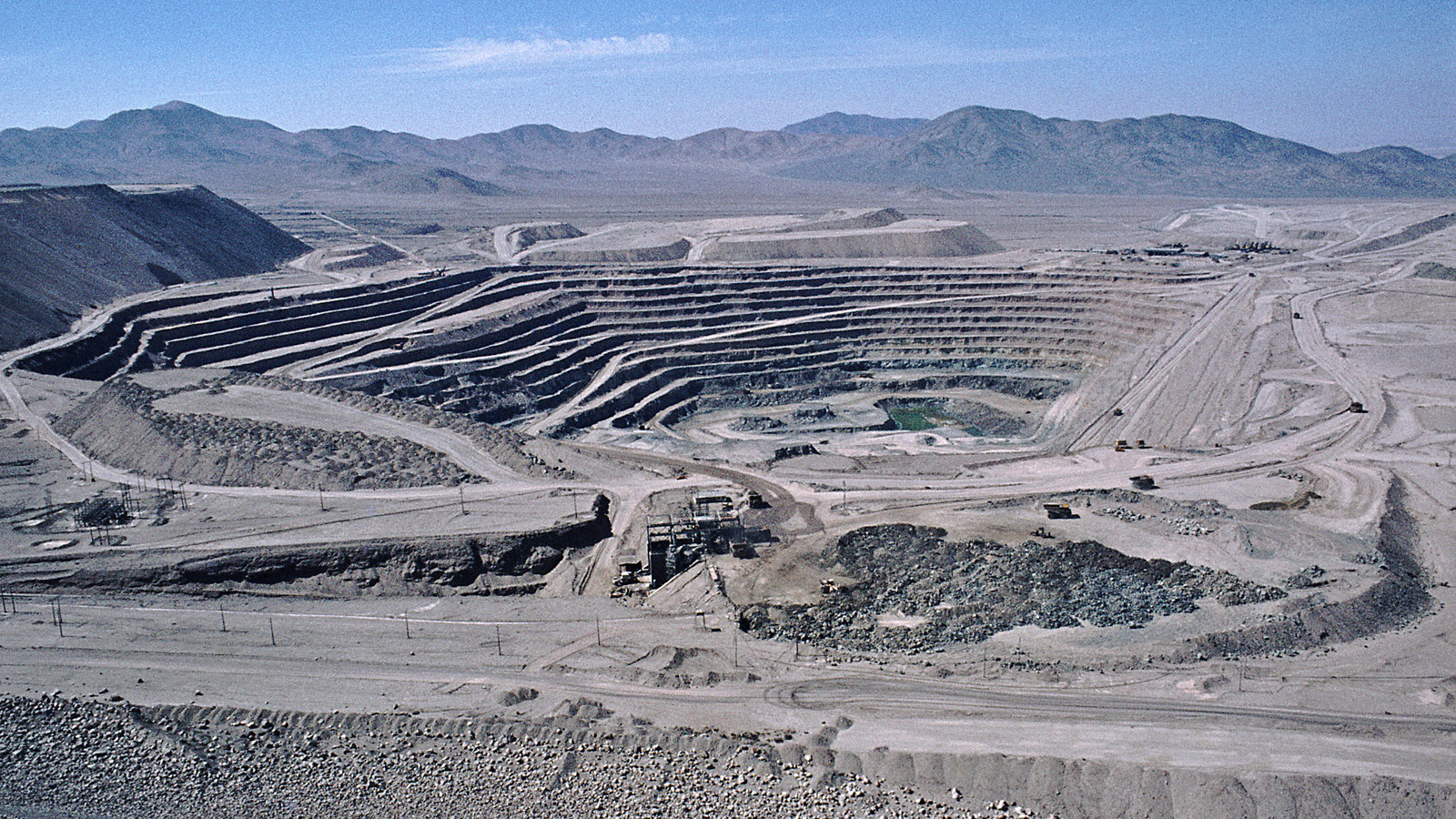
The tech behind your favorite gadgets relies on rare earth elements, which might become rarer and pricier. These elements are crucial for manufacturing everything from smartphones to electric cars. However, mining and refining them is complex and environmentally taxing. As demand rises for tech products, the supply of these elements is under increasing pressure. This could translate into higher prices for tech devices that rely on them.
With this shift, the tech industry is exploring alternative materials and recycling methods. Companies are investing in research to reduce reliance on these scarce resources. For consumers, this may be a time to support brands prioritizing sustainable practices. Understanding the origins and impacts of the tech we use can lead to smarter purchasing decisions. By doing so, you contribute to a future where technology and sustainability go hand in hand.
9. Paper

Paper, seemingly abundant, might face increased scarcity and cost. The demand for paper products continues to grow, driven by e-commerce packaging and personal use. Coupled with deforestation and environmental regulations, the paper industry is under strain. This pressure might lead to higher prices for everything from books to printer paper. Careful consumption and recycling efforts become even more important in this context.
As prices rise, digital alternatives for books and documents might become more appealing. Consumers can also look for products made from recycled materials or support companies with sustainable practices. By reducing paper waste and opting for eco-friendly options, you can lessen the strain on this vital resource. It’s an opportunity to embrace new habits while protecting the environment. With thoughtful choices, the paper crisis can become a catalyst for positive change.
10. Beef

The cost of your favorite steak is set to rise due to several factors. Climate change is affecting cattle farms, while grain prices, which feed livestock, are also increasing. As these pressures build, the beef industry is experiencing a squeeze that affects supply and cost. This could mean more expensive burgers and steaks at your favorite restaurants. Your grocery bill might reflect this shift as well.
In response, some people are reducing beef consumption or exploring plant-based alternatives. The rise of plant-based meat products offers a chance to enjoy similar flavors with a lower environmental impact. Supporting local farmers and sustainable meat producers can also help stabilize the industry. By broadening your culinary repertoire, you might discover new dishes that align with both your taste and budget. As the market evolves, your choices can play a role in shaping its future.
11. Water

Access to clean water, something often taken for granted, is becoming a pressing concern. Rapid population growth and climate change are stressing water resources globally. This scarcity might lead to increased costs for water-intensive goods and services. As municipal systems face pressure, people may encounter higher utility bills and restricted access. The ripple effect can impact everything from agriculture to daily household consumption.
In light of this, conservation efforts and water-efficient technologies are gaining importance. From low-flow fixtures to mindful water use, small changes can make a big difference. Supporting policies and initiatives aimed at sustainable water management is also key. By taking action, you can help secure this essential resource for the future. It’s a reminder of the interconnectedness of our habits and the environment.
12. Nuts
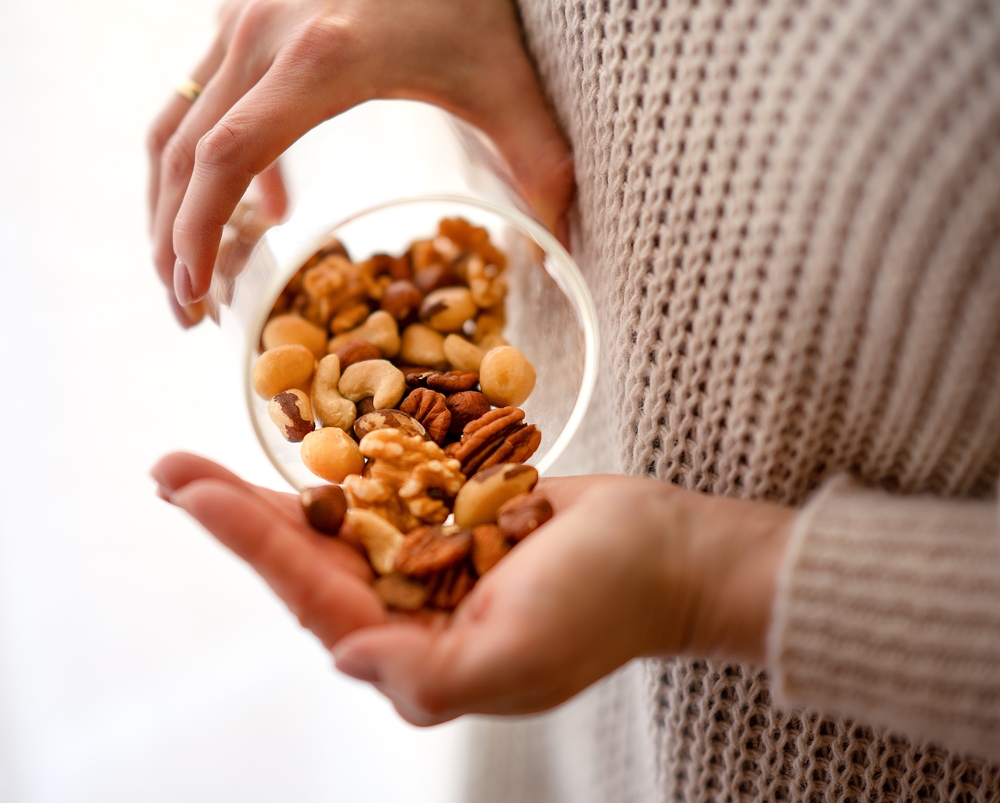
Nuts, once considered a pantry staple, might see a spike in price and scarcity. Climate-induced stresses on almond and walnut crops are reducing yields. This trend is particularly evident in California, a major producer of these nuts. As supply diminishes, the cost of nut-based products might rise. Snacking on your favorite trail mix could become a more expensive habit.
This shift encourages people to explore a variety of snacks and diversify their diets. From seeds to grains, there are many nutritious alternatives waiting to be discovered. Supporting nut producers who employ water-conserving practices can also help. By making informed choices, you contribute to a more resilient food system. It’s a chance to appreciate and adapt to the changing landscape of available foods.
13. Lithium
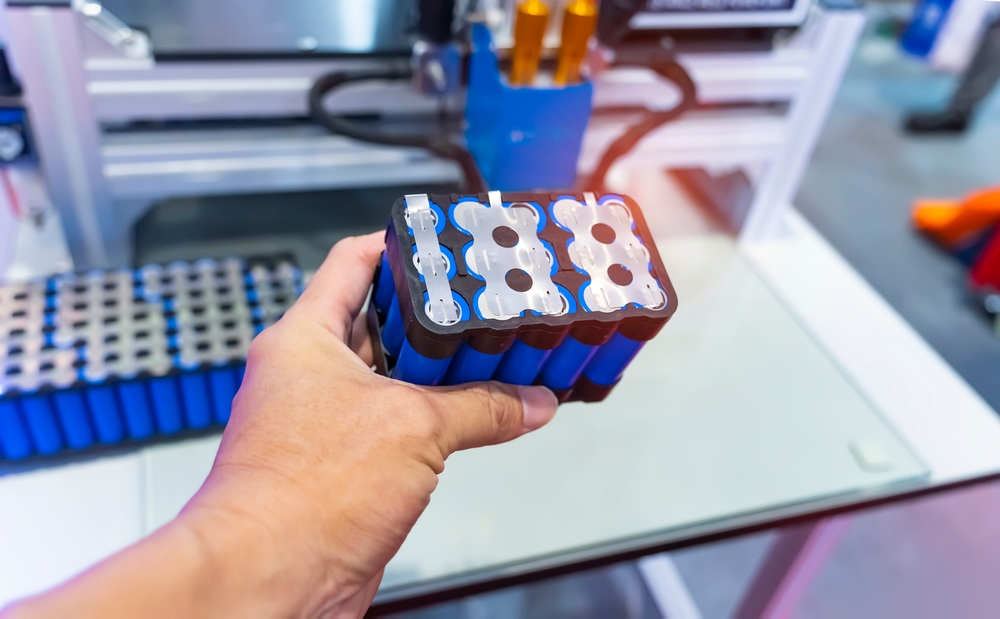
The demand for lithium, critical for batteries in electronics and electric vehicles, is skyrocketing. As electric mobility gains traction, lithium resources are under pressure. Mining and processing this mineral come with environmental challenges and increased costs. This might translate into higher prices for electric cars and rechargeable electronics. The race is on to secure sustainable sources and develop battery alternatives.
In response, companies are ramping up recycling efforts and investing in new technologies. For consumers, supporting brands with sustainable practices becomes ever more meaningful. By staying informed and advocating for responsible sourcing, you can influence industry practices. As the renewable energy landscape evolves, your engagement can help steer it toward a greener future. It’s an opportunity to redefine the relationship between technology and sustainability.
This article is for informational purposes only and should not be construed as financial advice. Consult a financial professional before making investment or other financial decisions. The author and publisher make no warranties of any kind.





